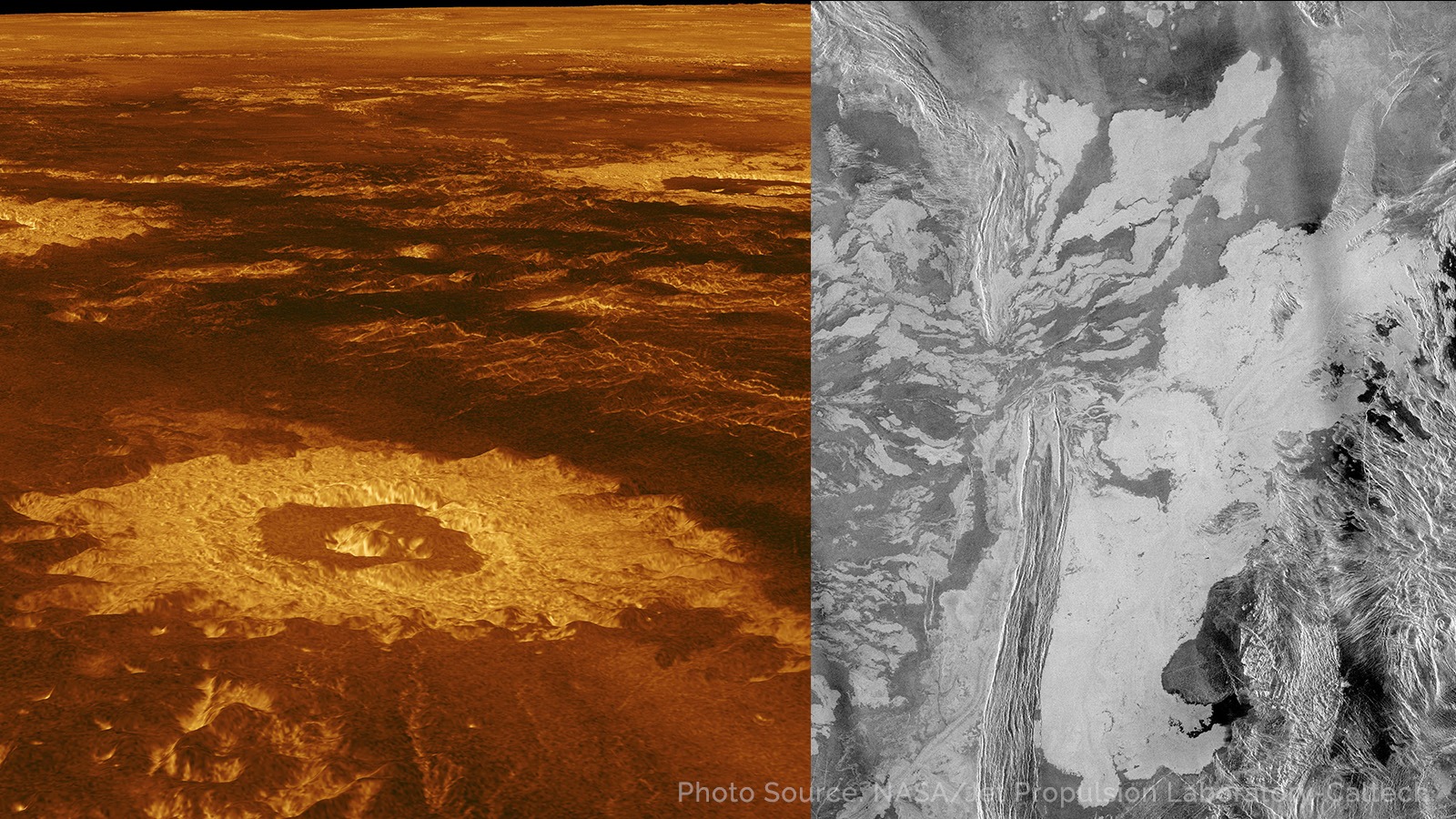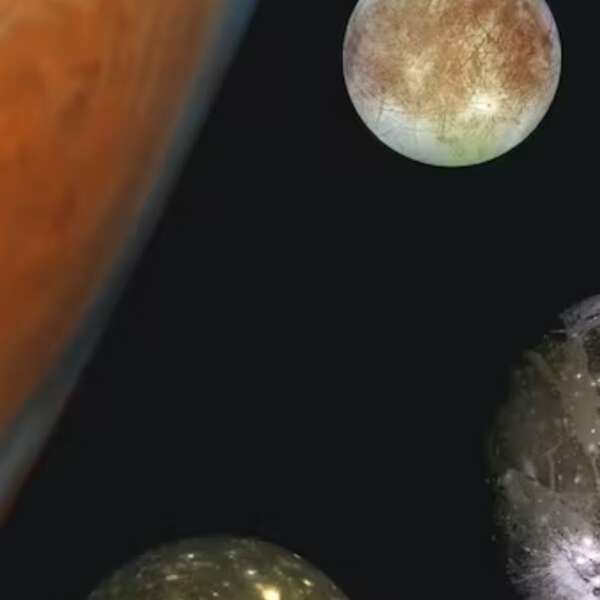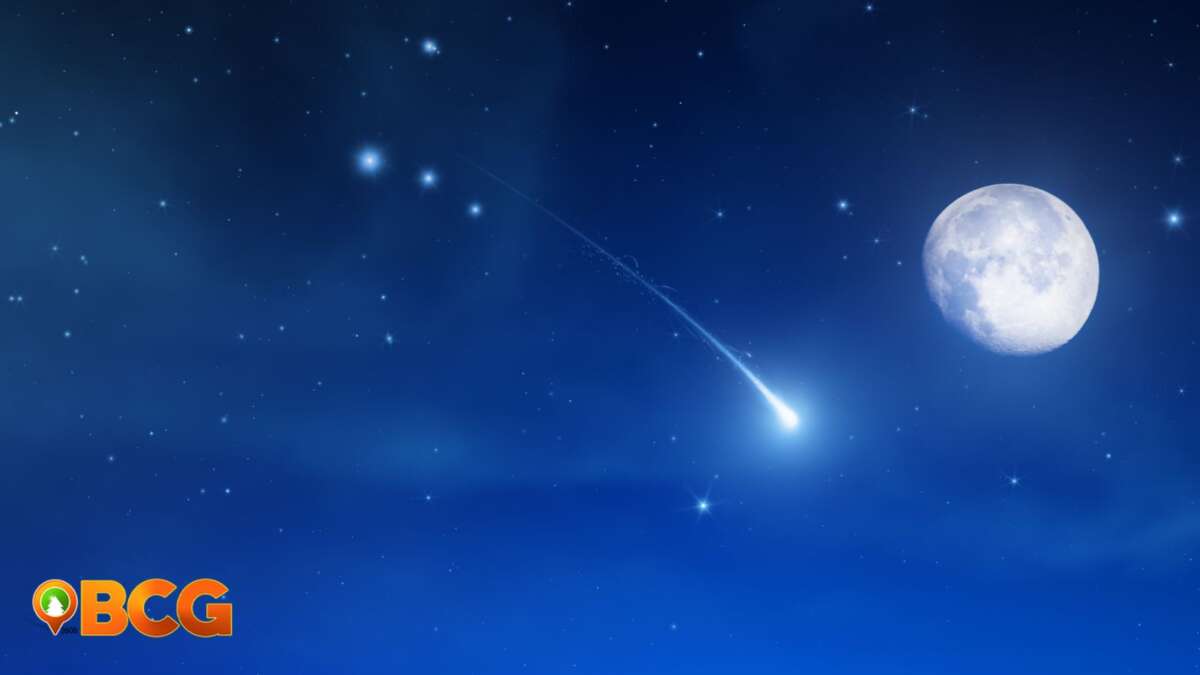WE’RE GOING TO VENUS! NASA Announces Two Missions That Will Study Earth’s Twin Planet
Was Venus always this inferno-like world that is desolate and inhabitable? 30 years since humans sent a mission to Venus, The National Aeronautics and Space Administration (NASA) has just announced on Wednesday that two missions will be sent to the Earth’s hellish twin planet to hopefully find answers to these questions.

This global view of the surface of Venus is centered at 180 degrees east longitude. Magellan synthetic aperture radar mosaics from the first cycle of Magellan mapping are mapped onto a computer-simulated globe to create this image. NASA/Jet Propulsion Laboratory-Caltech
The two missions called DAVINCI+ and VERITAS were selected under NASA’s Discovery Program, which aims to create missions that will increase our understanding of the solar system’s mysteries. In this case, the missions aim to unravel the history of why Venus became an “inferno-like” world when the neighboring planet has a lot of similar characteristics to Earth.
“Using cutting-edge technologies that NASA has developed and refined over many years of missions and technology programs, we’re ushering in a new decade of Venus to understand how an Earth-like planet can become a hothouse. Our goals are profound. It is not just understanding the evolution of planets and habitability in our own solar system, but extending beyond these boundaries to exoplanets, an exciting and emerging area of research for NASA.” – Thomas Zurbuchen, NASA Associate Administrator for Science
The Deep Atmosphere Venus Investigation of Noble gases, Chemistry, and Imaging (DAVINCI+) will study the formation and evolution of the planet Venus and whether it ever had an ocean before becoming the hothouse that it is today. This will be done by measuring the planet’s noble gases and other elements that make up its atmosphere.
The mission will also capture the first high-resolution images of Venus’ “tesserae” or its geological features, which can be compared to Earth’s continents.
Venus Emissivity, Radio Science, InSAR, Topography, and Spectroscopy (VERITAS), on the other hand, will be in charge of mapping Venus’ surface that could help determine the geologic history of the planet and find out why it transformed differently than Earth, despite their many similarities. In addition, VERITAS will also map infrared emissions to determine whether there are active volcanoes releasing water vapor in the atmosphere.

LEFT: In a Magellan image dubbed the “Crater Farm” we see the curious layering of volcanic activity and impact craters. RIGHT: The mosaic shows a system of east-trending radar-bright and dark lava flows encountering and breaching a north-trending ridge belt (left of center) NASA/JPL
According to NASA, the project teams will now work to finalize their requirements, designs, and development plans. Each mission will be awarded $500 million each and is expected to launch sometime between the years 2028 to 2030.
SOURCE: NASA JPL,















